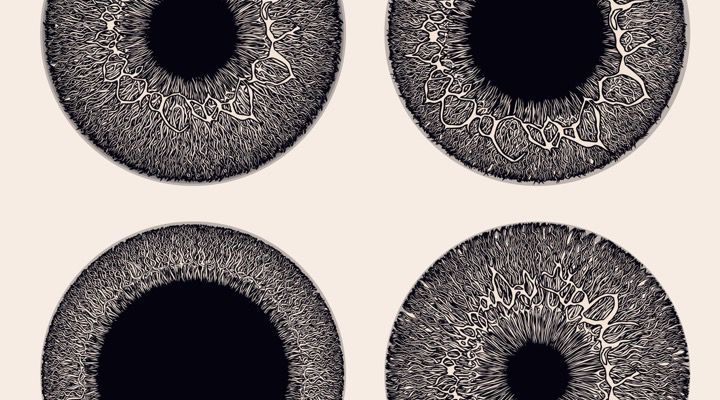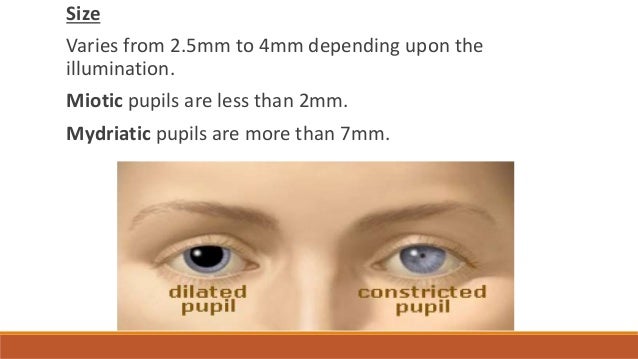

Patients with social anxiety disorder and autism spectrum disorders have difficulties trusting others. Kret, the authors will investigate implications for autism and social anxiety disorders. Specifically, with the NWO VIDI grant recently awarded to Dr. The researchers believe that these findings may have important clinical implications: Since we know that pupil mimicry is involved in brain regions supporting healthy social cognition, in the future it might prove very useful as a measure for early social deficits, especially since autonomic cues such as pupils are not likely to be influenced by learning, social interactions, or conscious control. This suggests that pupil mimicry might be an evolutionarily old phenomenon, which evolved to promote empathic bonding with kith and kin. Kret and colleagues found that not only human adults and infants, but also chimpanzees synchronize their pupil size specifically with members of their own species. Previous research has found that pupil mimicry is already present during the first months of life. Because dilated pupils are typically perceived as a sign of safety the mimicry of another person's dilated pupils may lead to a sense of mutual trust.” says Eliska Prochazkova, a Leiden University PhD student and the lead author of the study. “We posit that pupil dilation mimicry seems to bring interacting partners’ neural activity into mutual alignment, creating a joint pupillary state that may facilitate communicative success. These data reveal a fundamental mechanism by which an individual’s pupils trigger neurophysiological responses stimulating trust in the observer. Intriguingly, pupil dilation mimicry was associated with enhanced activity in the theory of mind network - a neural network involved in trust and empathy -, and this heightened activity coincided with the participant’s decision to invest more money. The results showed that participants were more likely to trust partners whose pupils were dilated, and that they mimicked their partners' pupils. Thus, the participants’ willingness to invest depended on their trust that their partner would share the returns on the investment. Participants were told that their investment would be tripled, but that it was up to their partner to choose what portion of the money (if any) to give back to the participant. The pupils of the partners’ eyes were manipulated to show pupils that dilated, constricted, or remained static. Participants were presented with short videos of different partners’ eyes and then had to decide whether to transfer money to that partner. The current fMRI experiment builds on Kret and colleagues’ previous behavioral research, in which university students participated in a trust game. Kret, an associate professor at Leiden University’s Cognitive Psychology Unit and an associate member of the Leiden Institute for Brain and Cognition (LIBC). The findings of this research are published in the Proceedings of the National Academy of Sciences of the United States of America (PNAS) the senior author is Dr. In consequence, participants who mimicked the dilated pupils of a partner were more likely to trust that partner. The networks involved in mirroring pupil size turned out to be the same ones that are active when we try to understand someone's state of mind. When we looked at the brain data the situation immediately became clear: the mirroring of pupil size is a social, emotional process. Not only did the subjects unconsciouslymatch their own pupil size to the pupils of the other, (this process was measured with an eye tracker), but this mirroring behavior also led to increased trust (which we measured via an economic game). In these other eyes, the pupil changed size. In the study, we tested subjects in the MRI scanner while they were looking into the eyes of others.

A new study from Leiden University provides surprising clues about how pupillary changes may influence the observer’s behavior. Other people’s eyes, and especially their pupils, are particularly important physical features when it comes to decisions about trust. Humans often make inferences about someone else's mental state: what the other person believes, how he or she feels, and whether he or she can be trusted.


 0 kommentar(er)
0 kommentar(er)
